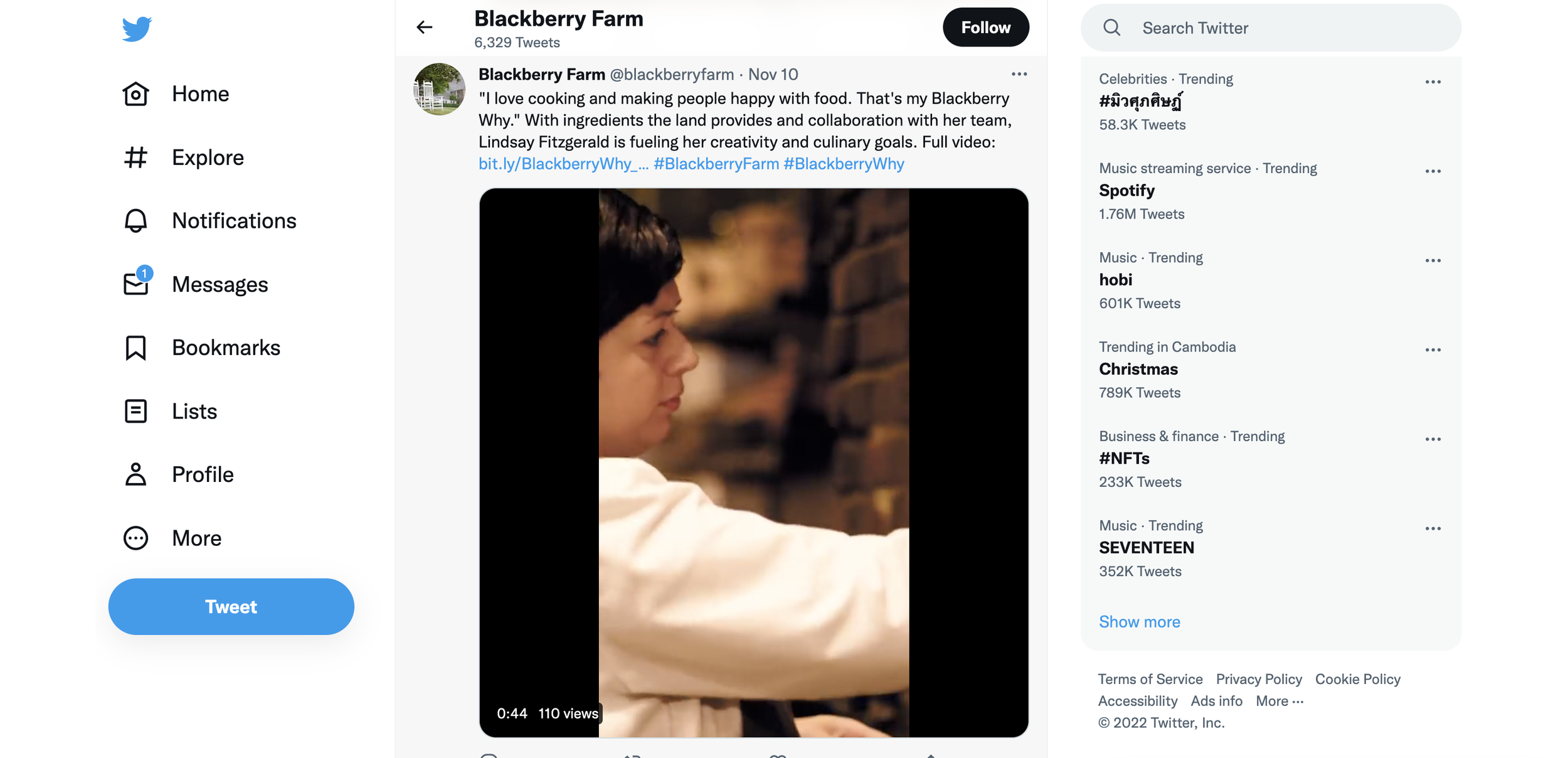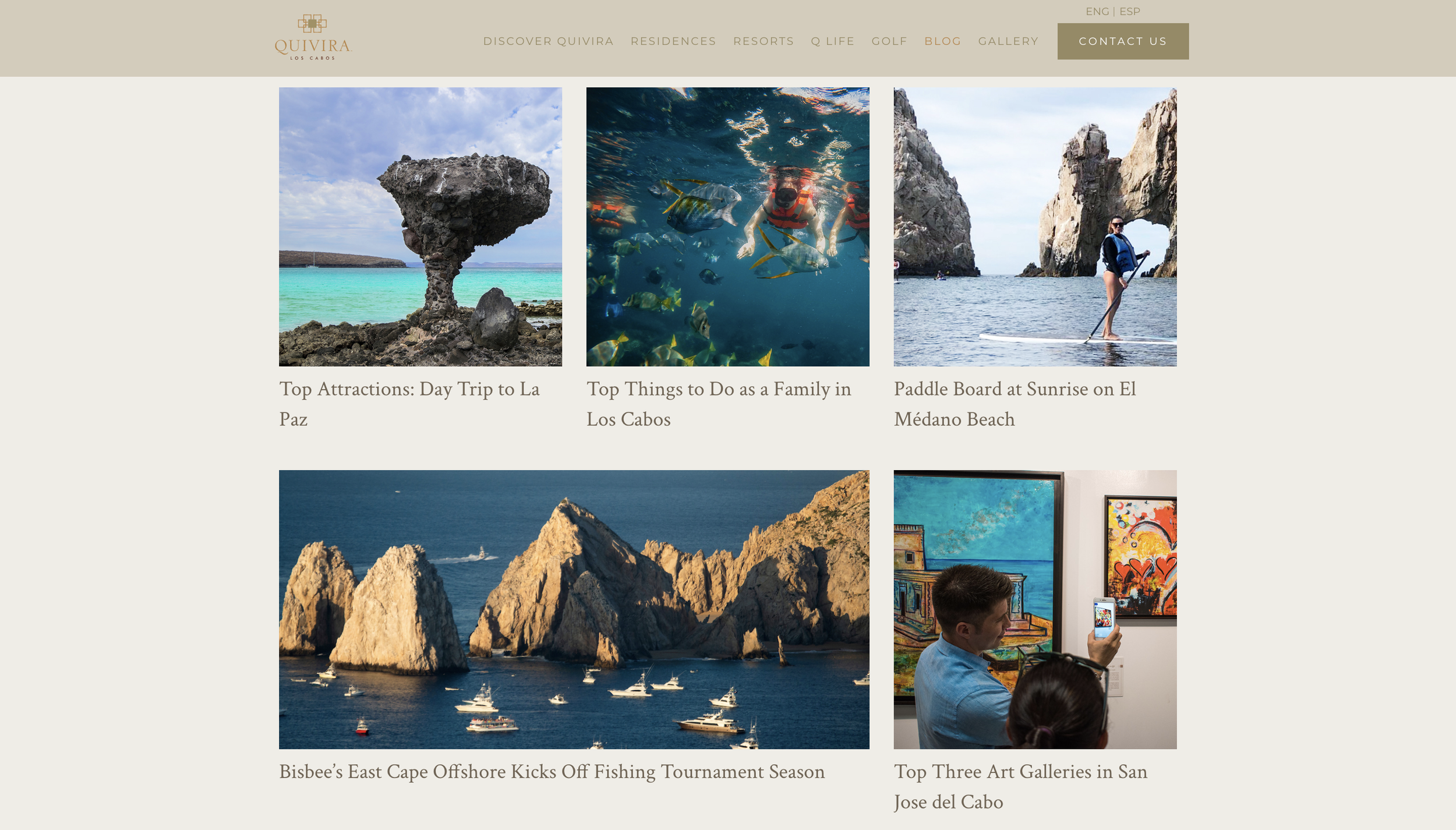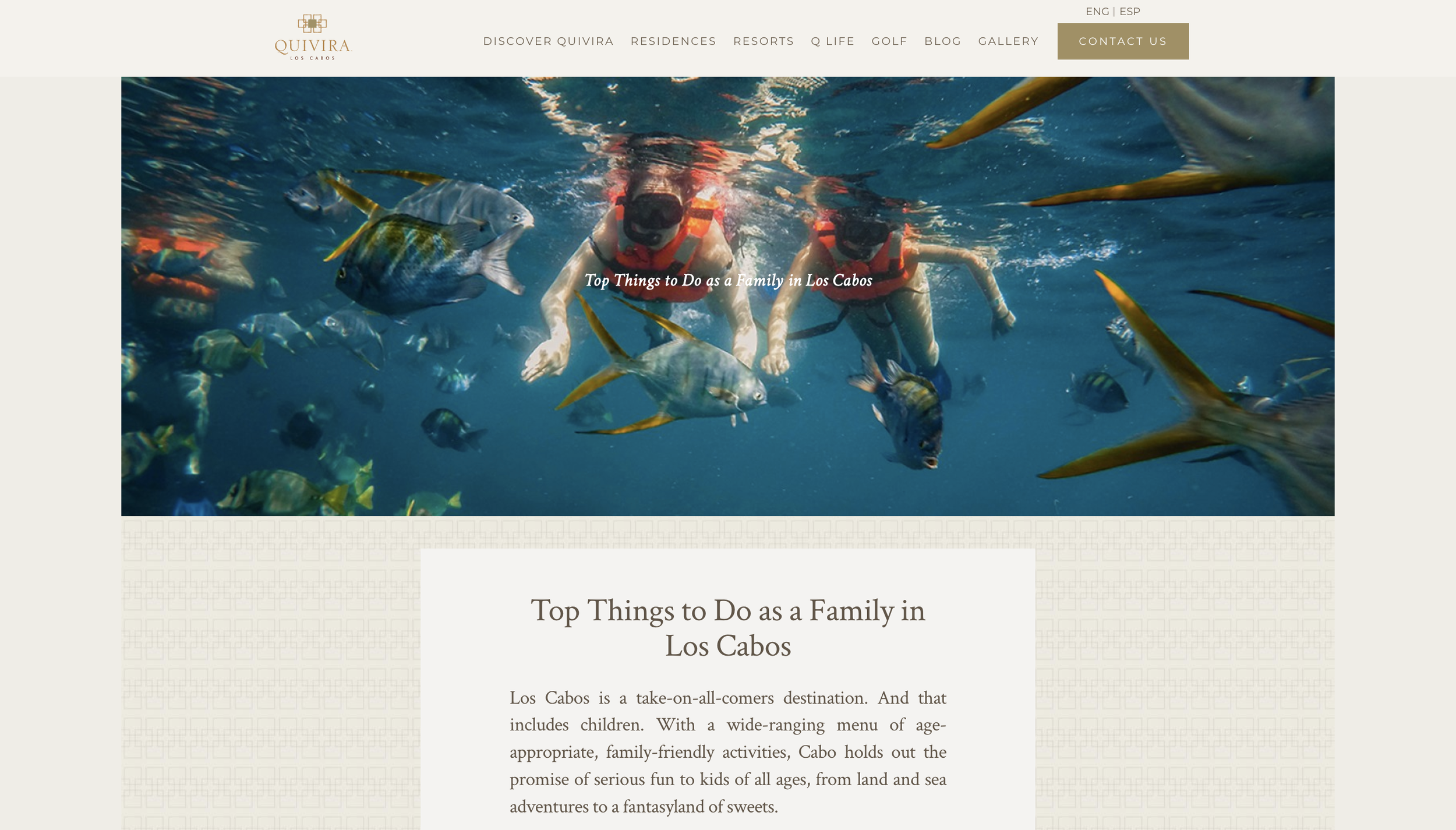The Ultimate Guide to Real Estate Content Marketing
Chameleon Villa, Bali - image courtesy of Daniel Koh
The real estate market is always changing. Whether it’s economic conditions, property valuations, or the availability of new product, so many aspects of the real estate market can shift at any moment. This keeps potential buyers and investors hungry for the latest information, and they rely on real estate professionals to give it to them.
Those real estate marketers who share the freshest updates on a consistent basis can establish themselves as leaders in their fields. At the same time, they’re building a positive reputation for their brand and real estate business. These marketing efforts always pay off over time, as businesses with strong reputations tend to attract a wider audience, keep them interested, and foster long-term brand loyalty.
In this article, we’ll take a look at how real estate content marketing can make your real estate business stand out from the crowd. We’ll also provide step-by-step guides on how to craft real estate marketing content that appeals to your target audience, builds trust, and leads to an ongoing flow of happy clients.
What is Content Marketing for Real Estate?
Real estate marketing content consists of the marketing materials a real estate company creates to build trust between the business and their potential clients. It is also designed to inform potential buyers and investors about changes in the industry, upcoming opportunities, and current projects of interest.
Real estate content consists primarily of:
Images - such as slideshows, floorplans, or maps
Text - such as website content, blog posts, or email marketing campaigns
Audio - such as podcasts featuring interviews with industry experts
Video - such as virtual tours of properties and locations, overviews of company values, or client testimonials
Handouts - such as brochures that detail the advantages of specific properties, business cards with relevant contact information, or branded gifts like keychains that display the company logo
Virtual reality - such as 3D tours of properties, or interactive virtual maps
Why is Content Marketing in Real Estate Important?
A good content marketing strategy will achieve three important results:
Improve brand awareness - A greater number of potential buyers and investors will be made aware of your business and your properties thanks to good content marketing
Build trust and authority - Creating content that is insightful and valuable to your target audience will set you up as a trusted authority in the real estate business
Elicit action - Whether your target audience is interested in buying or selling, well-crafted and well-targeted real estate marketing content will prompt action, turning potential clients into actual clients
How to Develop a Real Estate Content Marketing Strategy
Bighorn Villa, USA - concept & image courtesy of Whipple Russel Architects
You need to start with a great website and social media profiles. These pages should give potential buyers and investors a place where they can:
Get a feel of who you are and the types of services you provide
Contact you or find out how to contact you with their comments or queries
Stay up to date on the latest opportunities you facilitate
From this starting off point, we will take you through a step-by-step guide on content creation and content marketing strategy.
Step 1 - Define your goals
An effective real estate content marketing strategy is a focused content marketing strategy.
One way to stay focused is to clarify your goals, particularly by setting quantifiable goals that can be measured and tracked. For example, if you want to increase visibility, that goal can be measured by your search results rank. For more information on this specific goal, check out Real Estate SEO: The Full Guide.
Another way to measure your visibility goals is by site traffic metrics. Say your goal is to get one thousand visitors on your site each month. Tools like Google Analytics will allow you to track unique visitors per month so you can see if there is correlation between increased marketing efforts and increased traffic.
Step 2 - Define your Target Audience
Knowing your target audience will inform what content you should create to get their attention.
Some criteria you may want to have defined are:
Age range of your target audience
Median income of your target audience
Priorities of your target audience (e.g. lifestyle, value, luxury, etc.)
Locations where your target audience often spends time, or where they are likely to buy, sell, or invest in properties
Once you’ve recorded this information you can move to step three.
Step 3 - Research: Getting to Know your Target Audience
When you have information like age, you can cater your content specifically to capture those demographics. For example, if your target audience is adults between thirty-five and sixty, you might create content that resonates with this age group. Targeted content for this age group could include nostalgia marketing, like referencing media properties that were popular when this audience was in their teens and early twenties.
You can also accomplish research by scrolling through the social media profiles of your competitors or agencies that are similar to yours. See who interacts with those posts, then look into those profiles. Marketers can tell a lot about their target audience by looking at individuals’ social media accounts.
Example - Blackberry Farm
Blackberry Farm specialises in private ownership in a resort community in a rural setting famous for its food, wine, hospitality, and adventure.
Their Twitter account has over 19,000 followers. Notice how the emphasis of their content is on creation – arts and crafts, recipes – and very little is on their actual properties. They are emphasising the community and lifestyle they offer rather than simple roofs and walls.
Step 4 - Identify the Value You Can Bring
Effective content marketing for real estate is not about promising value. It is about delivering value. The content you share – be it in the form of a newsletter, a podcast, blog posts, or videos – needs to provide value to the target audience.
Providing value will yield the following benefits:
Obtaining subscribers or followers instead of “drive-by” views
Building your agency or brand as an authority in the real estate market
Establishing trust between your company and your audience
Example - Quivira Los Cabos
Quivira specialises in the ownership of luxury residences in the popular tourist destination of Los Cabos.
Their website features a blog which is a valuable source of information on what to do when visiting Los Cabos, Mexico. It includes annual festivals, where to find the best street food and shopping, and even some helpful Spanish phrases to use around town.
Step 5 - Partner Up
Regardless of what goals you have set for yourself or your company, you stand a far greater chance of achieving them when you work with others. This means identifying the people and businesses in your community who could benefit from your content marketing strategy, such as:
Restaurants and nightlife near the properties you rent or sell
Entertainment venues in the area
Relevant services like gardening companies, home repair technicians, or vehicle rental businesses
Include these businesses in your real estate content marketing strategy and you’re likely to grow together. This can be done through interviews on your podcast, guest contributions to your blog, or social media account takeovers where you post each other’s content on your own profiles. This will largely increase the scope of people who are likely to be interested in your content, and it will largely increase the chances of your content being shared to other people’s social networks.
Sometimes, the best way to promote yourself is by promoting others.
Example - Escapade Living
Escapade Silverstone merges hospitality and motorsport with residence rentals and ownership, track-side clubhouse experience, and car storage.
Notice how their website features the designers, construction companies, and car manufacturers they have teamed up with. Their Instagram account celebrates racecar drivers and engineers and has quickly gained over 6,000 followers.
Step 6 - Publish!
There’s no two ways about it. Effective content marketing for real estate requires quantity just as much as it does quality. You need to publish good content on a semi-regular basis and across a variety of platforms.
It would be better to publish short posts every other day than it would be to post a long article every two weeks. When we stress the importance of quantity, we are referring primarily to the number of posts (or the frequency thereof) rather than the length of individual posts.
Frequent posting has a multitude of benefits. For one, social media accounts that post often are more likely to be promoted by content algorithms, so they end up in more people’s content feeds over time. Another benefit is that frequent posts allow you to stick in your target audience’s head. Even if they are not looking to buy, rent, or invest today, they will remember your real estate business is an option and will likely recall your posts when the time comes to consider property.
Living Room Space - concept & image courtesy of Evgeny Shkilniuk
We Can Help You With Real Estate Content Marketing
Content marketing is a spectacular tool for real estate professionals, enabling them to reach potential buyers and investors quickly and consistently with new opportunities. The sheer number of options available – along with the impressive number of pitfalls one could fall into – may make real estate content marketing appear overwhelming at first.
But you don't have to navigate these waters alone, our specialist luxury real estate marketing team is here to help you with real estate content strategy and production. Visit us at the Proven Partners Content Marketing page or contact us today to bring your digital marketing to the next level.
























